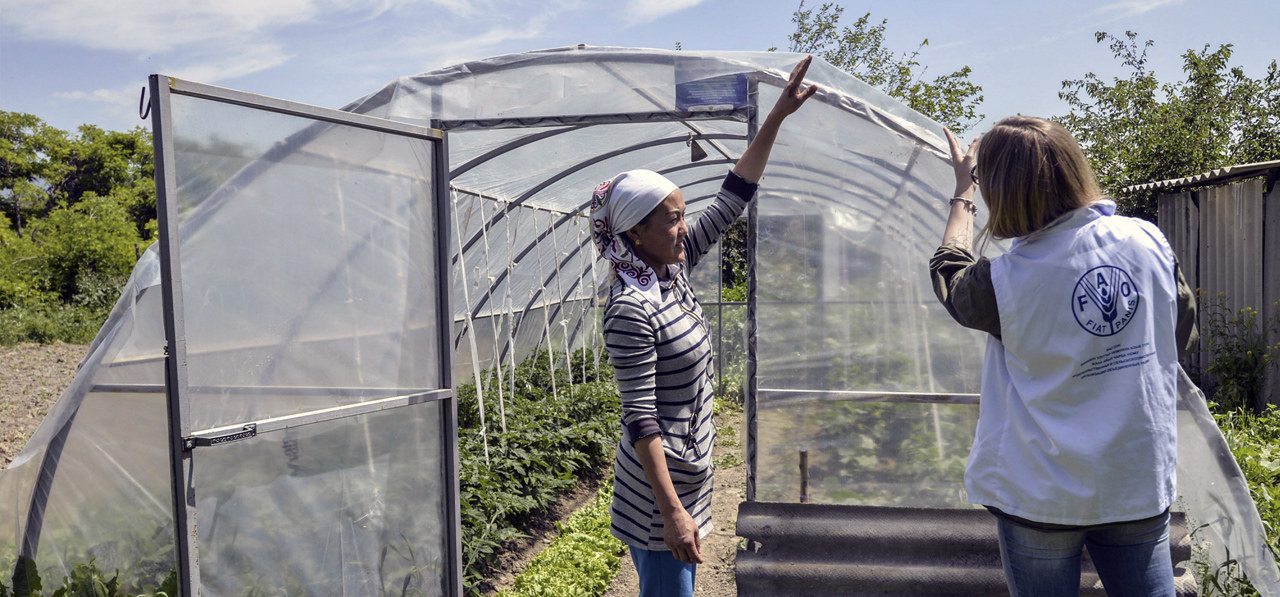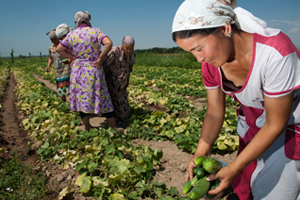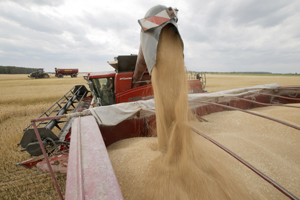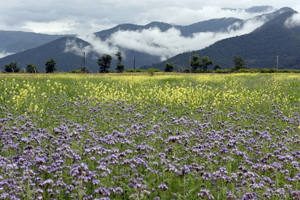Region: Europe and Central Asia

Why CONNECT?
With 53 Member Countries and one Member Organization (the European Union), the region’s food and agriculture challenges range from cooperation on capture fisheries to improving nutrition levels, from coping with livestock diseases to getting reliable agricultural census data, from cleaning up and managing obsolete pesticides to setting up protocols to make sure food is safe to eat, from conserving crop genetic resources to expanding access to lucrative international markets.
Read more
More than half the region’s countries are members of the European Union or candidates for accession to the EU. Since 1990, many of the national economies have been transitioning to greater market orientation and private ownership of farms and agri-business. Historically, the region has been home to several “breadbasket” zones, with significant production of grains in addition to fruit, vegetables, meat and fish. Hardwood and evergreen forests cover extensive parts of the region, calling for management techniques that use forest resources without using them up.
Political and economic transition has had a profound impact on the agroecological systems and societies of Europe and Central Asia. Here, FAO works with Members and partners for the eradication of food insecurity, malnutrition and rural poverty, for sustainable management of natural resources, and to ensure that agriculture contributes its full potential to national economies. With these needs in mind, Member Governments have agreed to prioritize actions under three Regional Initiatives.
FAO invites engagement with the private sector for knowledge-sharing and to support new technologies and innovations that will help create sustainable and inclusive growth in the region’s agricultural sectors, and to jointly address some of the region’s key challenges.
Engagement in key regional initiatives is welcomed:
Private sector from the region
Private sector entities already engaged with FAO from the Europe and Central Asia region include:
- Asociación Española de Mayoristas, Importadores, Transformadores y Exportadores de Productos de la Pesca y Acuicultura (CONXEMAR)
- Azersun Holding
- Cassa Depositi e Prestiti (CDP)
- CODELY TECH, S.L. (CodeOp)
- COLEACP
- Confederazione Nazionale Coltivatori Diretti (COLDIRETTI)
- CropLife International (CLI)
- Danone S.A.
- EcorNaturaSi
- European Agricultural Machinery Industry Association (CEMA)
- Federation of Food and Drink Industry Associations of Türkiye (TGDF)
- Global Alliance for Improved Nutrition (GAIN)
- HELP Logistics (Kühne Foundation)
- IKEA of Sweden AB
- International Chamber of Commerce (ICC)
- International Fertilizer Association (IFA)
- Rabobank
- Swisscontact/Swiss Import Promotion Programme (SIPPO)
- Syngenta Group
- The Global Alliance for Trade Facilitation
- The World Economic Forum
- UNILEVER
- World Union of Wholesale Markets (WUWM)




















